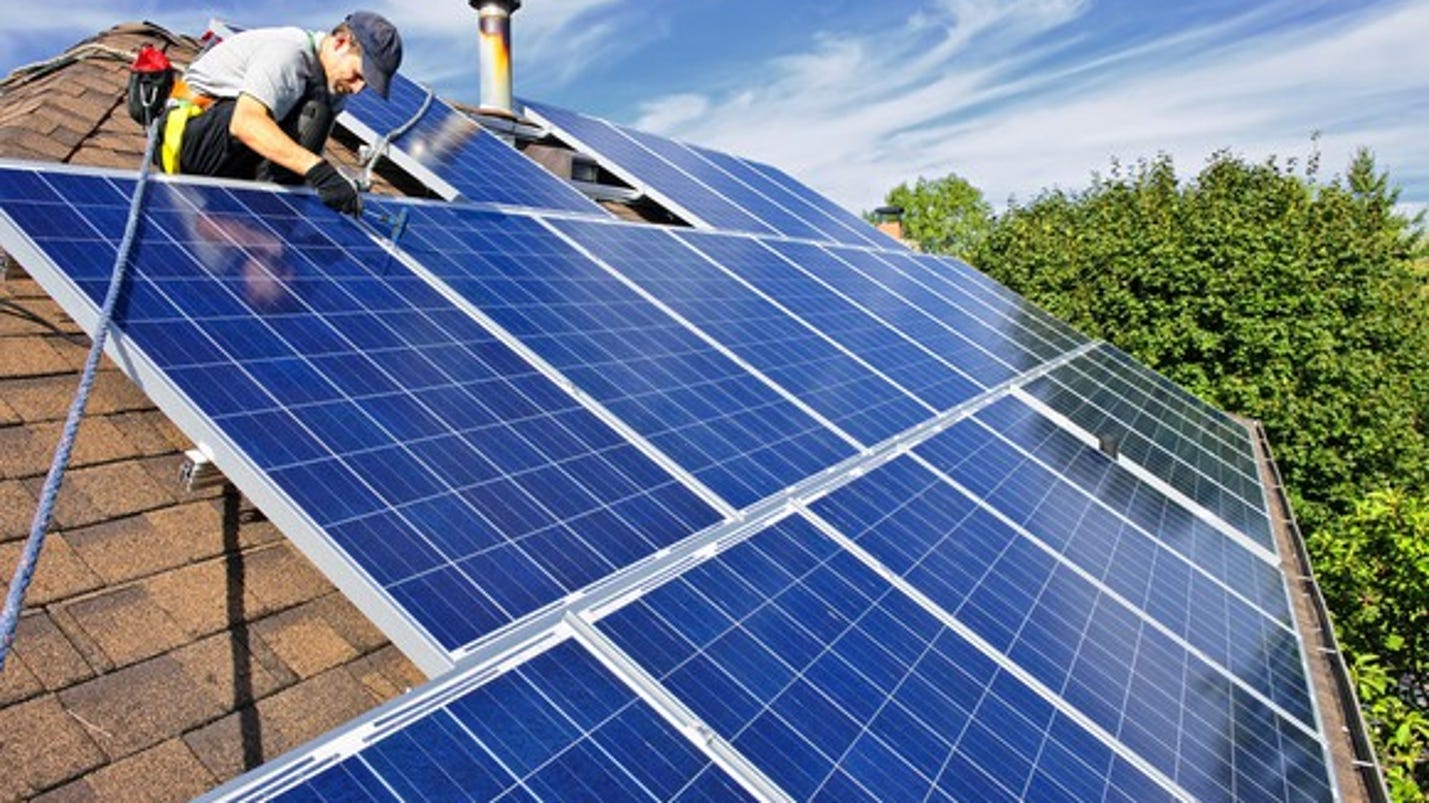
A couple of huge structural shifts are coming for the energy sector over the next few decades, thanks to the growth of certain technological and environmental challenges.
The first challenge comes from electricity generation, which impacts the demand for coal and natural gas. The second challenge is from transportation changes, as the shift away from the internal combustion engine to the electric drivetrain will hit oil demand, particularly from the transportation sector.
Without question, electricity is by far the most important source of energy for global economic growth and human prosperity. There’s a strong positive correlation between electricity consumption and economic growth, regardless of whether it’s generated by coal, oil, natural gas, hydro, nuclear or renewables, the end result is power generation that’s critical for the progress of humanity. Electricity is needed to run our industries, commercial usage, lighting, cooking, heating and cooling and even required for the transport sector. Life pauses when there’s an electricity outage — a disruption in communication systems makes us feel helpless.
More: Oil revenue crisis: Can Venezuela avoid default?
More: Big Oil to bet on petrochemicals as demand peak looms
More: Battery storage: Energy giant bets on breakthrough within 5 years
Demand for electricity is expected to grow in correlation with rapid global economic and population growth. Right now, more than a billion people don’t have access to electricity, and billions of those who do have access only have it for a few hours a day. As economies of emerging and developing countries are poised for growth, demand for electricity is expected to grow strongly. Furthermore, additional demand for electricity is expected to result from astructural shift in the transportation sector.
Historically, coal has been the major source of electricity generation, and in 2015 accounted for about 40% of total power generation (large emerging economies such as China and India use more coal, 72% and over 65% of their total power generation mix, respectively). However, due to environmental challenges and the Paris Climate accord, the way we generate electricity is set to change.
According to the EIA-IEO-2017,renewables (including hydropower) are and will be the fastest-growing sources of electricity generation from 2015 to 2040. Total renewables are projected to grow at an annualized average rate of 2.8% per year, while natural gas generation is poised to grow by an average of 2.1% per year from 2015 to 2040, and nuclear generation is set to grow by 1.
The biggest game changer is perhaps the penetration of renewable in electricity generation substituting coal. Hydropower’s share in renewable generation, however, is expected to fall from 71% in 2015 to 53% in 2040 due to environmental concerns limiting the development of a number of new mid- and large-scale hydropower projects. Therefore, major growth is expected to come from wind, solar and natural gas. Incidentally, coal’s generation share is expected to decline from 40% in 2015 to 31% (or even well below 30%) by 2040, and renewables share is expected to rise from about 19% (including hydropower) in 2015 to 31% or even more in 2040, when fusion energy becomes a commercial option.
Oil is currently the single most important source of energy being used in transportation sector — road, air, rail and sea. Since the invention of internal combustion engines (ICEs) in the early 1900s, oil demand has been on the rise. By the end of 2016, over 96 million BPD of oil were consumed, of which over 64% has been associated with transportation sector.
Due to increased efficiency in ICEs, and the rapid rise in EVs, autonomous vehicles, hybrid-cars, CNG and fuel cell vehicles, oil demand should decrease in years to come.As such, global oil demand will peak and then taper off. By 2040, oil demand is could range between 70 and 80 million BPD (instead of reaching 121 million BPD as predicted by the EIA and other agencies). The main reason for this demand drop includes significant improvement in miles driven per gallon, and of course, the rise of EV’s. Just a few years ago, mass-appeal electric transport seemed a distant reality, but today, no one can ignore this mammoth change happening in the auto industry, especially when more than 64 percent of oil demand is associated with transportation.
Over time, global electricity demand will increase significantly, and most new generation will come from renewables and natural gas. Coal’s role is expected to shrink to below 31% from the current level of around 40%. Technological advancements have pushed down break-even costs and many projects are now viable without government subsidies. Next to renewables, the role of natural gas in power generation is poised to grow significantly. All these efforts will help in achieving Paris climate accord targets.
The shale gas boom has allowed the United States to curb the use of coal in power generation. Coal’s share in U. power generation fell from 48% in 2007 to about 30% in 2016. The natural gas contribution, however, went up from 22% in 2007 to 33.8% in 2016, thanks to the commodity’s falling price. If such a shale gas boom could be replicated in China and India, coal’s place could fall well below 30% in 2040 and help in mitigating the impact of energy usage on the environment.
While these major shifts could make the world more prosperous and environmental friendly, the trends could have a detrimental impact on countries that rely heavily upon oil revenues. Salman Ghouri is an oil and gas industry advisor with expertise in long-term forecasting, macroeconomic analysis and market assessments.com is a USA TODAY content partner offering energy industry news and commentary. Its content is produced independently of USA TODAY.
More top reads from Oilprice.com:
Oil Prices Stabilize After Significant Gasoline Draw
Tesla Looks To Dominate China’s EV Market
Will This Trump Move Trigger A Coal And Nuclear Buying Spree?
Read or Share this story: https://usat.ly/2zR2nM3.


0 comments:
Post a Comment